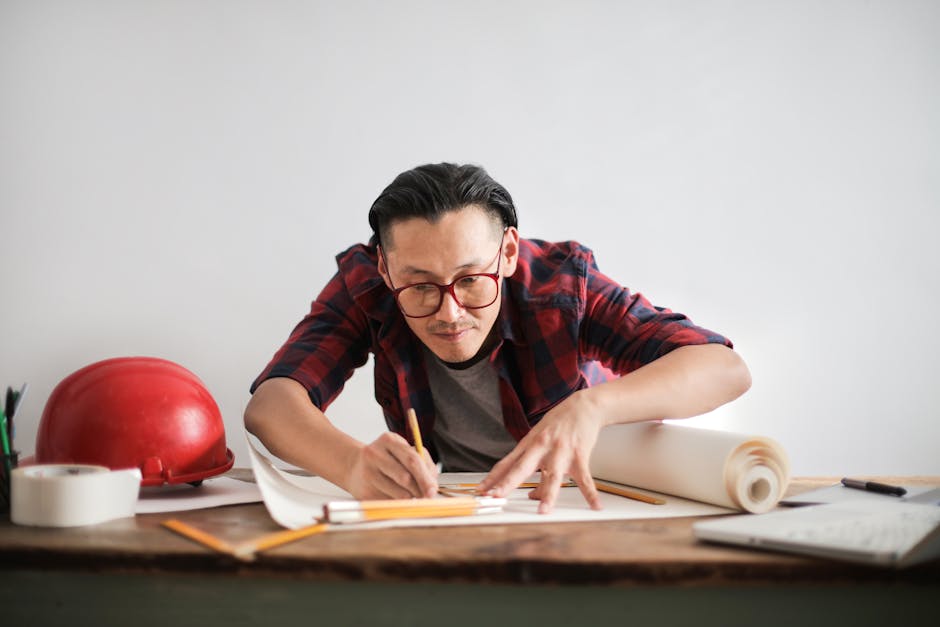 Advantages of Choosing Reliable Carpet Cleaning Services
Advantages of Choosing Reliable Carpet Cleaning Services
A well-kept carpet adds warmth and charm to any interior space, whether it’s a home or an office.
With daily use, carpets absorb dust and pollutants that embed deep within the fibers, making them difficult to clean through ordinary methods.
This makes hiring professional and reliable carpet cleaning services a smart step toward preserving your carpet’s quality and appearance.
Reliable carpet cleaners offer comprehensive cleaning solutions that penetrate deep into carpet fibers for a true clean.
A key benefit of reliable carpet cleaning services is their use of modern tools and specialized cleaning processes.
Professionals use powerful machines that remove dirt, debris, and allergens from deep inside carpet fibers.
These advanced systems ensure that every corner of your carpet is thoroughly cleaned and refreshed.
In addition, dependable professionals rely on non-toxic cleaning solutions that protect both your family and the environment.
This careful approach results in a cleaner and healthier indoor atmosphere.
One of the top advantages is that experienced cleaners know exactly how to handle a wide variety of carpet issues.
Their training enables them to choose the best techniques that deliver excellent results without damage.
When inexperienced individuals attempt cleaning, they risk fading, shrinking, or weakening carpet fibers.
By trusting professionals, you ensure that your carpet is cleaned with care and precision.
Another great advantage is that professional cleaners handle the hard work so you don’t have to.
Deep cleaning a carpet at home can be exhausting and time-consuming.
Professionals use efficient systems that make the process faster and more convenient.
Another plus is that professionals leave carpets dry and ready for use in just a few hours.
Clean carpets help you breathe easier and promote a healthier indoor environment.
Carpets trap dust, pet dander, mold spores, and other allergens that can harm your health.
Professional cleaning removes these allergens, leaving your space fresher and safer.
Anyone with breathing difficulties will notice better comfort after a thorough cleaning service.
Regular professional cleaning also extends the life of your carpet.
Neglecting deep cleaning shortens a carpet’s lifespan and dulls its appearance.
Their careful cleaning keeps carpets looking new for years.
Regular care prevents costly damage and helps avoid frequent carpet changes.
Professional carpet cleaning services also specialize in removing foul smells from your carpet.
Carpets can absorb smells from pets, smoke, or food spills.
Their deodorizing solutions leave your rooms smelling clean and renewed.
Perhaps the most valuable benefit is the confidence that comes from hiring trustworthy professionals.
Reliable professionals prioritize customer satisfaction through skilled and safe practices.
You always know what you’re paying for and can expect consistent quality results.
In conclusion, choosing reliable carpet cleaning services is an investment in cleanliness, comfort, and longevity.
Their combination of expertise, technology, and care delivers unmatched results you can rely on.
Choosing reliable professionals keeps your carpets fresh, your air cleaner, and your environment more comfortable.